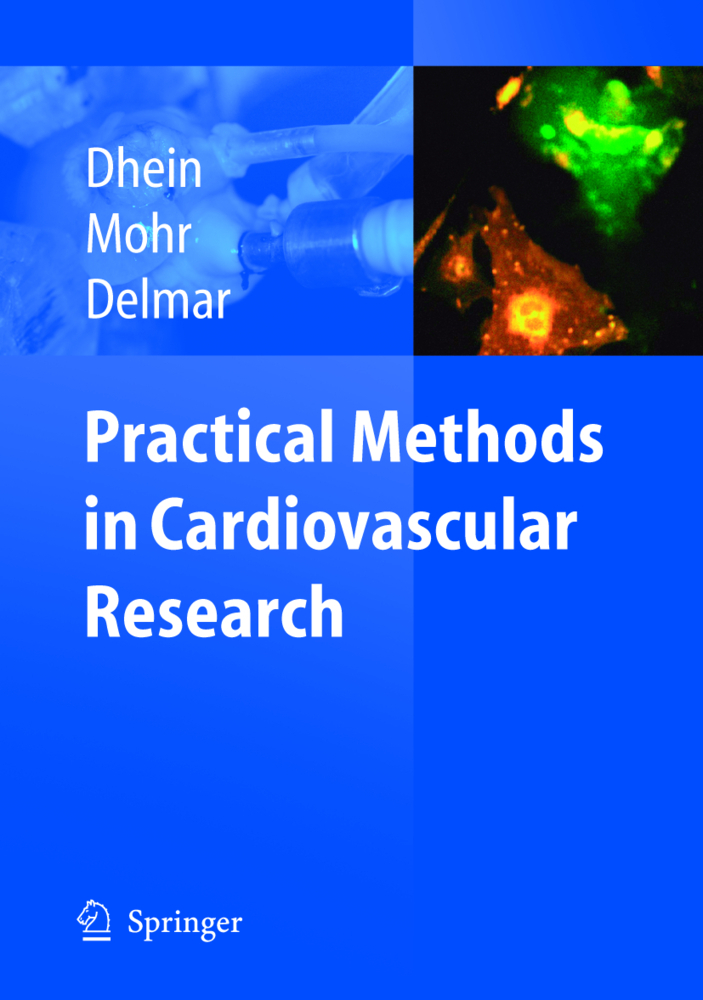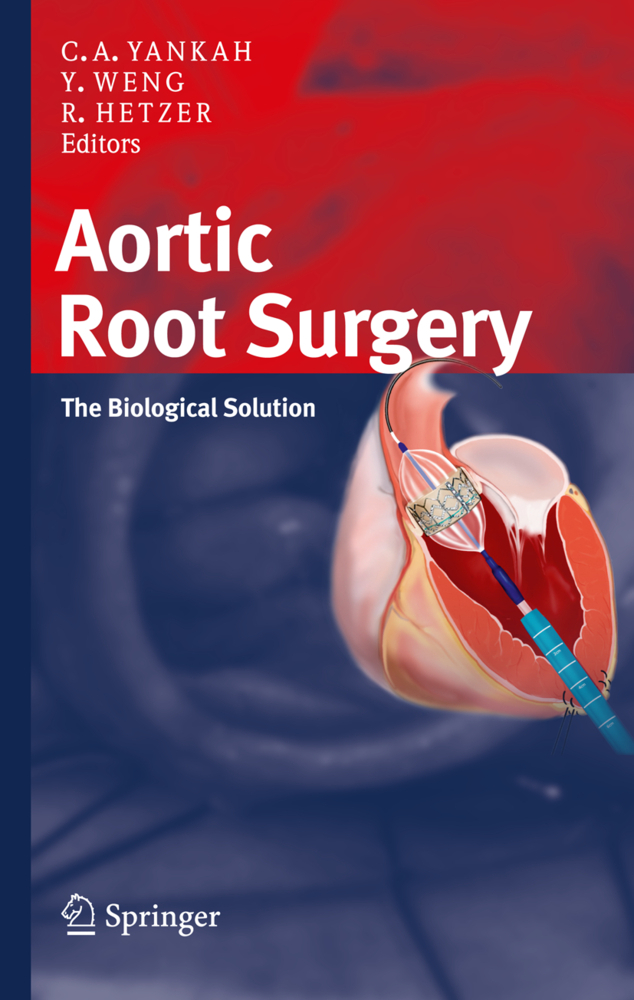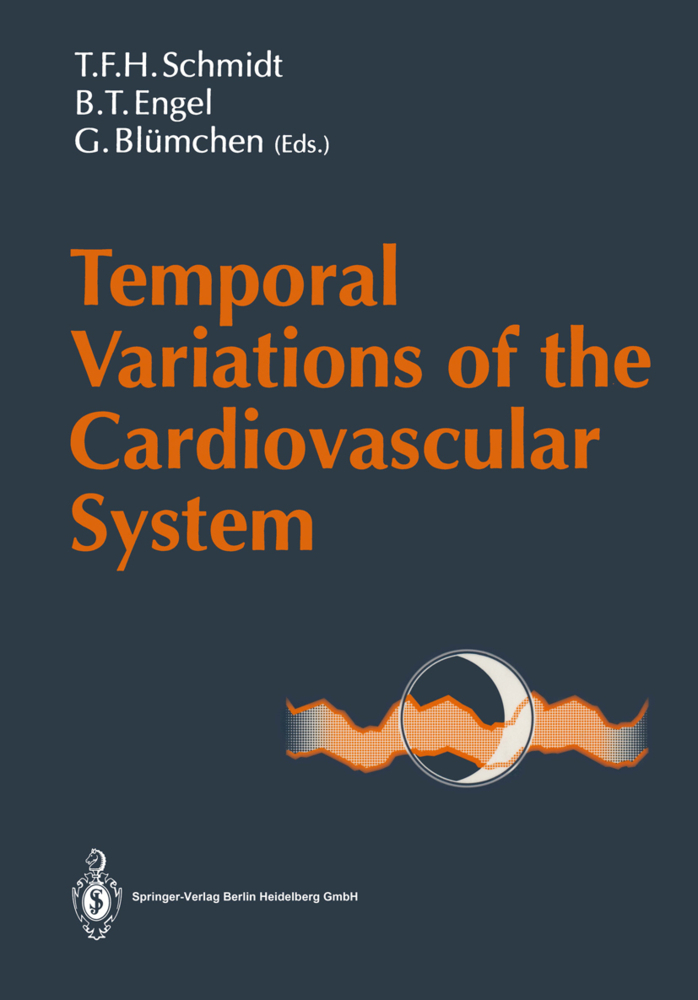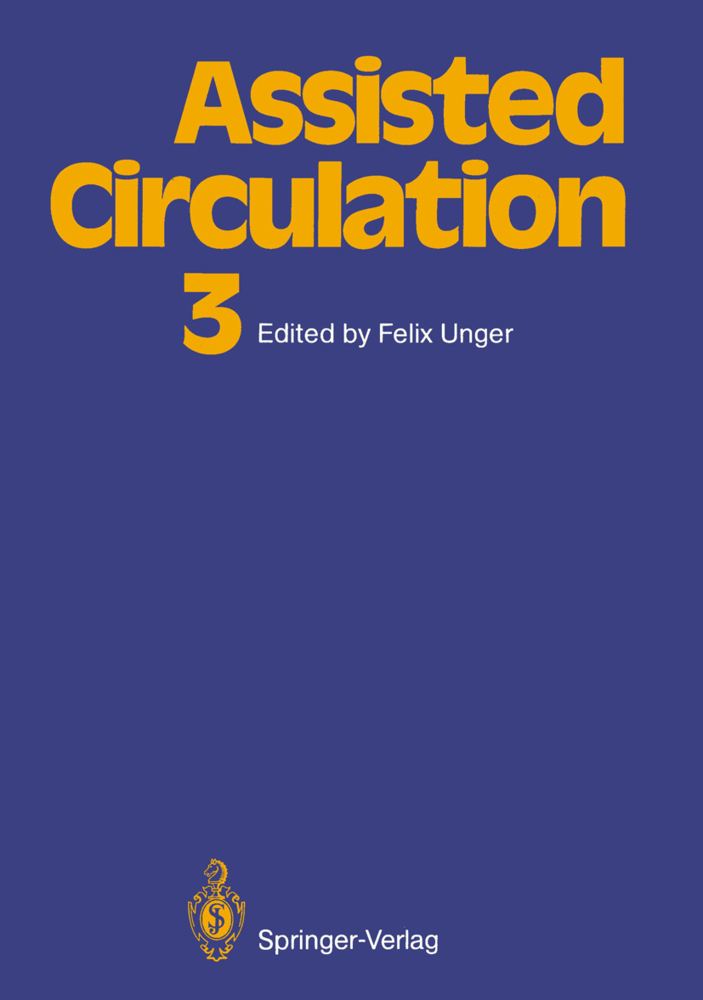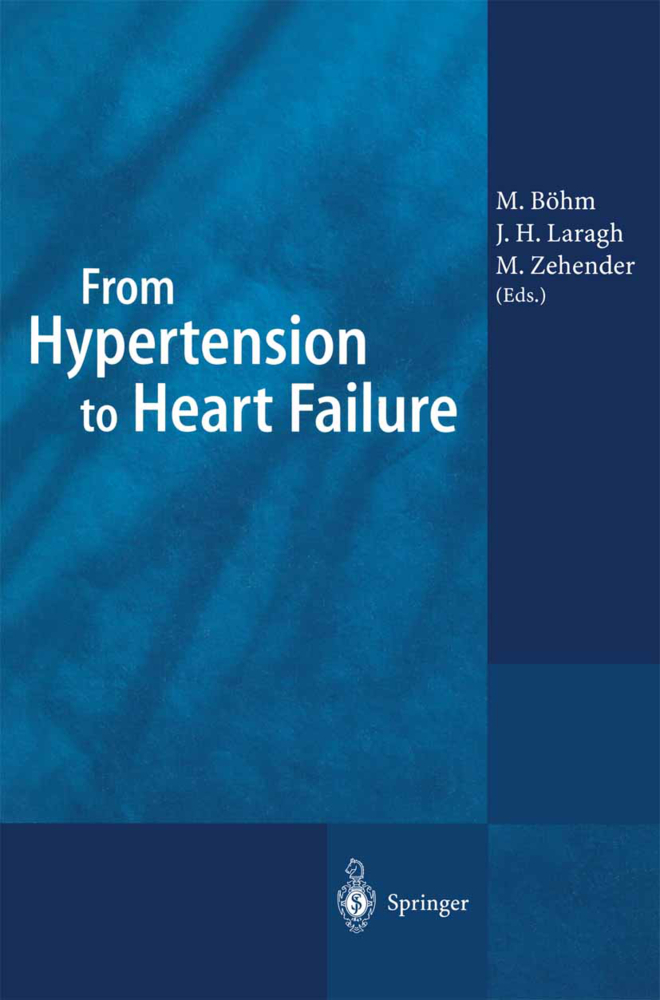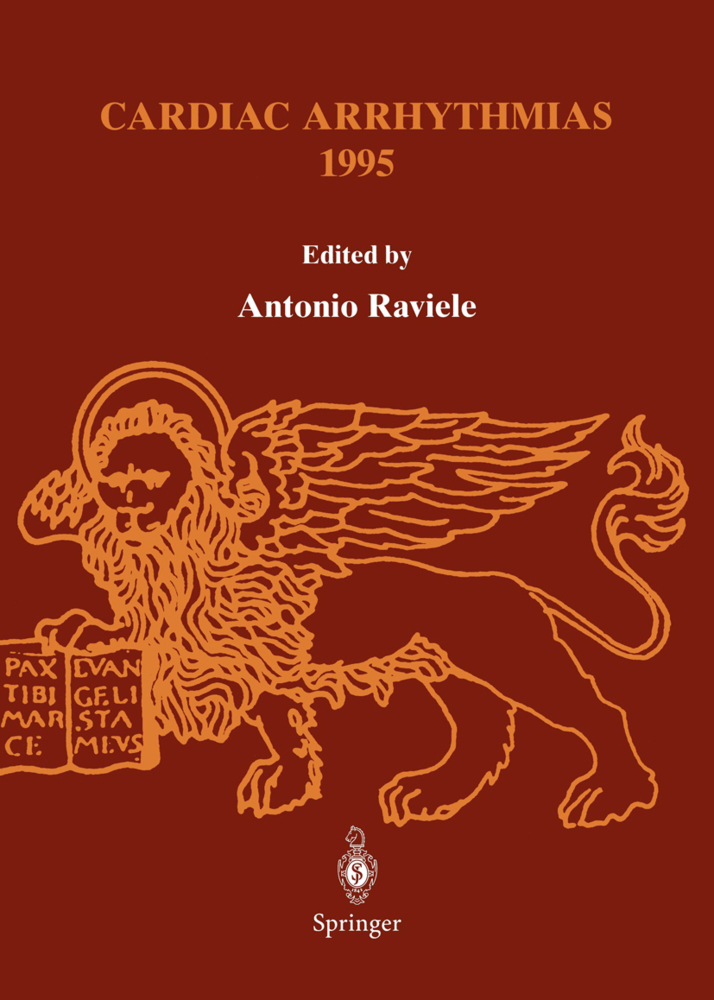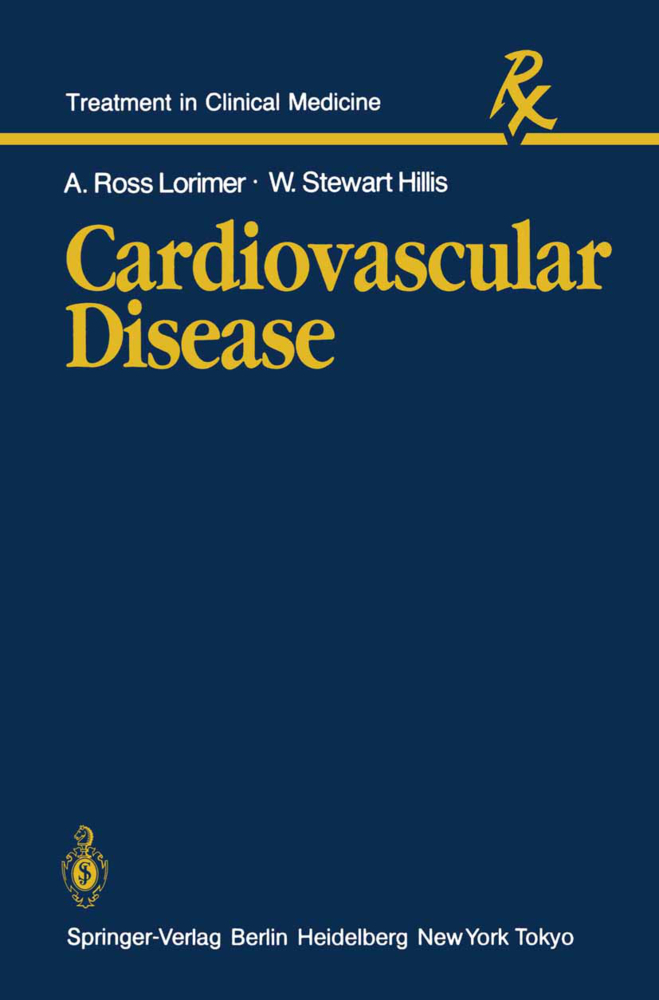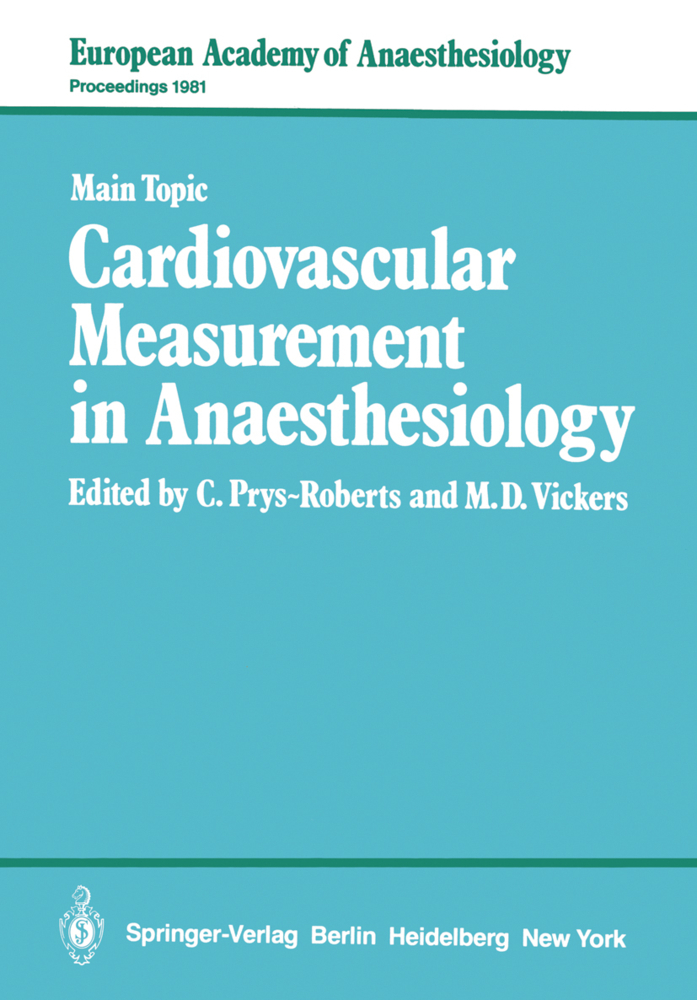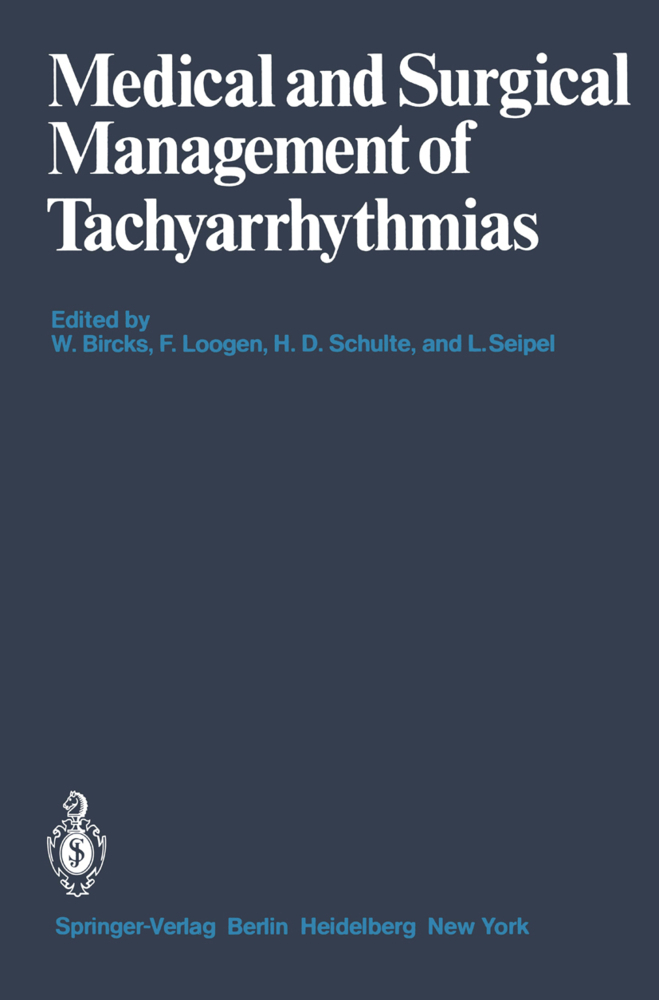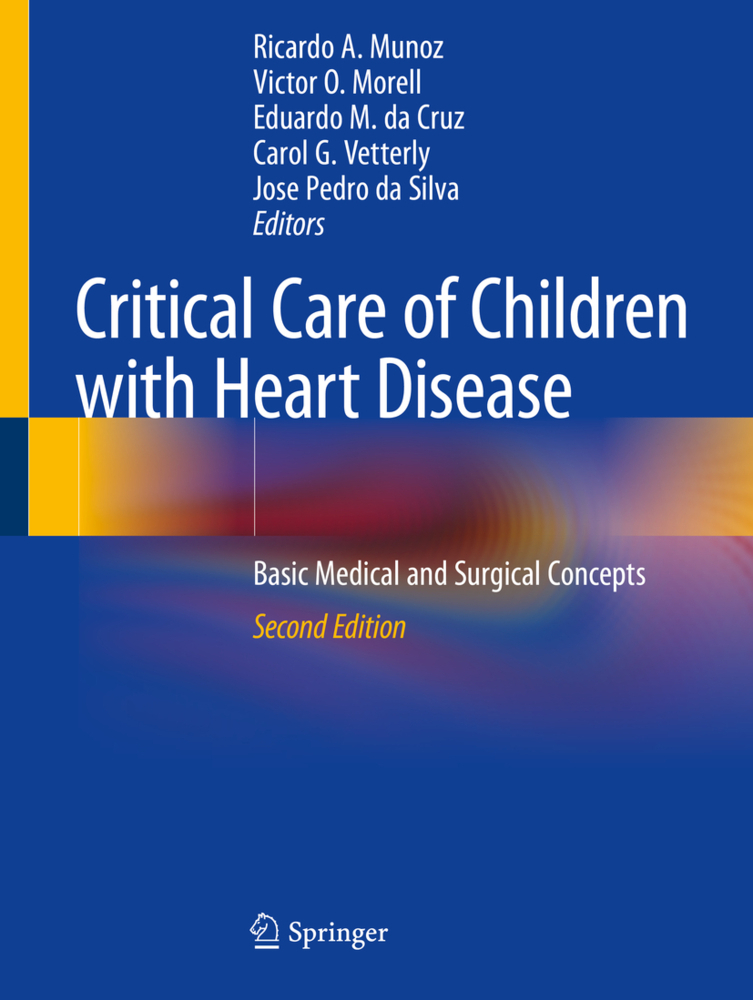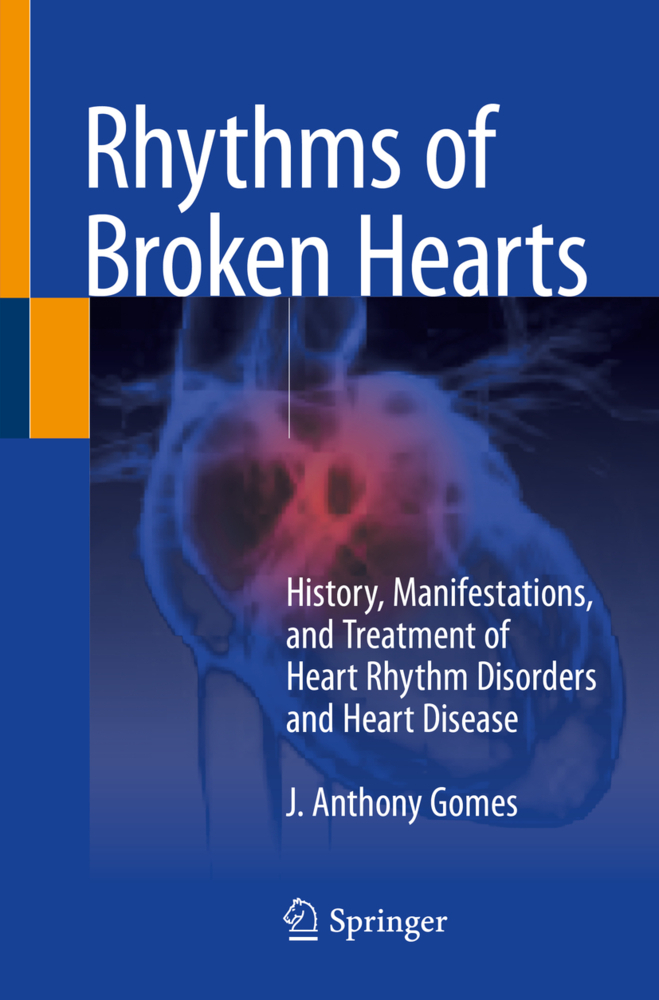Practical Methods in Cardiovascular Research
Scientists working or planning to work in the field of cardiovascular research will welcome Practical Methods in Cardiovascular Research as the reference book they have long been waiting for. Not only general aspects of cardiovascular research are well presented, but also detailed descriptions of methods and protocols and practical examples. Written by leading scientists in their field, chapters cover classical methods such as the Langendorff heart or working heart models as well as numerous new techniques and methods. Newcomers and experienced researchers alike will benefit from the troubleshooting guide in each chapter, the extensive reference lists for advanced reading and the great practical experience of the authors. Practical Methods in Cardiovascular Research is therefore a long awaited "must have" for anybody with an interest in cardiovascular research.
In-Vivo Techniques
Anaesthesia (Inhalative or i.v. Narcosis) of Laboratory AnimalsExtracorporeal Circulation
Open-chest Models of Acute Myocardial Ischemia and Reperfusion
Models of Chronic Ischemia and Infarction
Models on Left Ventricular Hypertrophy (LVH)
Experimental Models of Heart Failure
In-Vivo Models of Arrhythmias: a Canine Model of Sudden Cardiac Death
In-Vivo Models of Atrial Fibrillation
In-Vitro Techniques
The Langendorff Heart
The Working Heart
Isolated Papillary Muscles
Isolated Vessels
Optical Techniques for the Recording of Action Potentials
Recording Action Potentials Using Voltage-Sensitive Dyes
Epicardial Mapping in Isolated Hearts - Use in Safety Pharmacology, Analysis of Torsade de Pointes Arrhythmia and Ischemia-Reperfusion-Related Arrhythmia
Voltage-Clamp and Patch-Clamp Techniques
L-Type Calcium Channel Recording
Recording Cardiac Potassium Currents with the Whole-Cell Voltage Clamp Technique
Recording the Pacemaker Current If
Recording Gap Junction Currents
Recording Monophasic Action Potentials
Heart on a Chip - Extracellular Multielectrode Recordings from Cardiac Myocytes in Vitro
Immunohistochemistry for Structural and Functional Analysis in Cardiovascular Research
Classical Histological Staining Procedures in Cardiovascular Research
Practical Use of in situ Hybridisation and RT in situ PCR in Cardiovascular Research
Practical Use of Transmission Electron Microscopy for Analysis of Structures and Molecules in Cardiovascular Research
DAF Technique for Real-Time NO Imaging in the Human Myocardium
Isolation and Culture of Adult Ventricular Cardiomyocytes
Culture of Neonatal Cardiomyocytes
Culture of Embryoid Bodies
Culturing and Differentiation of Embryonic and Adult StemCells for Heart Research and Transplantation Therapy
Preparation of Endothelial Cells from Microand Macrovascular Origin
In Vitro Cultivation of Vascular Smooth Muscle Cells
Engineering Heart Tissue for In Vitro and In Vivo Studies
High-Performance Liquid Chromatography (HPLC)
Protein Biochemistry
Receptor and Binding Studies
Recording and Analysing Concentration-Response Curves
Measurement of NO and Endothelial Function in Cardiovascular Research
Biomechanical Stimulation of Vascular Cells In Vitro
Measurement of Function and Regulation of Adrenergic Receptors
Measurement of Function and Regulation of Muscarinic Acetylcholine Receptors
Cytometry in Cardiovascular Research
Molecular Biology in Cardiovascular Research
Real-Time PCR Analysis of Cardiac Samples
Use of cDNA Arrays to Explore Gene Expression in Genetically Manipulated Mice and Cell Lines
Using Antibody Arrays to Detect Protein-Protein Interactions
Surface Plasmon Resonance as a Method to Study the Kinetics and Amplitude of Protein- Protein Binding
How to Solve a Protein Structure by Nuclear Magnetic Resonance - The Connexin43 Carboxyl Terminal Domain
Managing a Transgenic Mouse Colony: A Guide for the Novice.
Dhein, Stefan
Mohr, Friedrich Wilhelm
Delmar, Mario
| ISBN | 978-3-540-40763-8 |
|---|---|
| Artikelnummer | 9783540407638 |
| Medientyp | Buch |
| Copyrightjahr | 2004 |
| Verlag | Springer, Berlin |
| Umfang | XX, 1010 Seiten |
| Abbildungen | XX, 1010 p. 231 illus., 31 illus. in color. |
| Sprache | Englisch |

